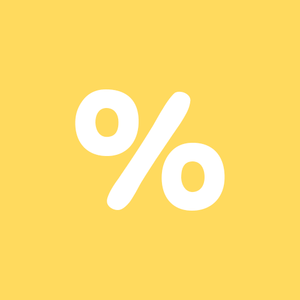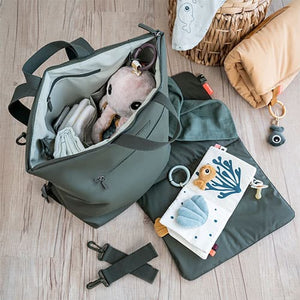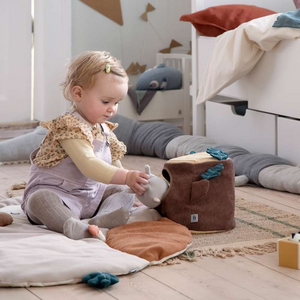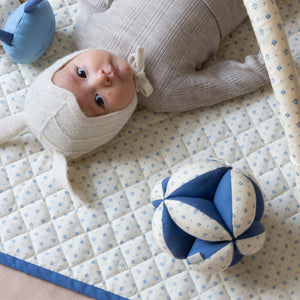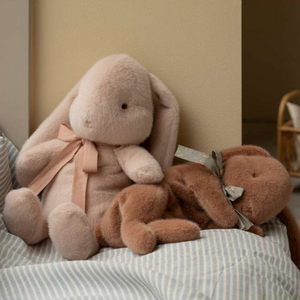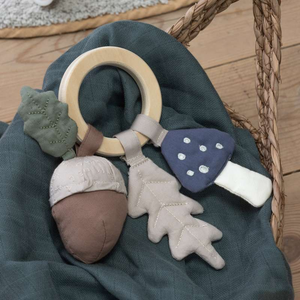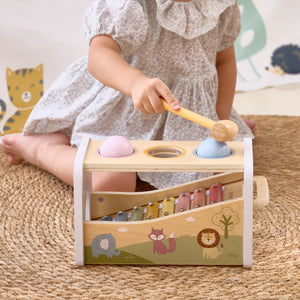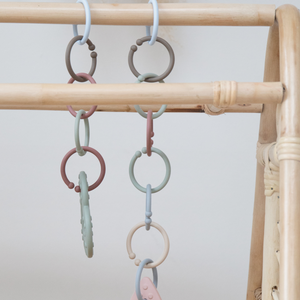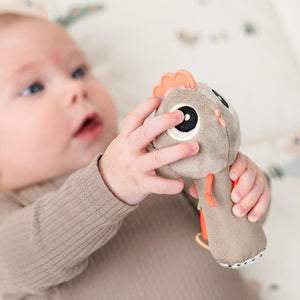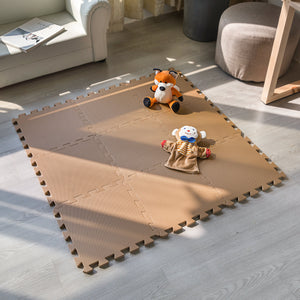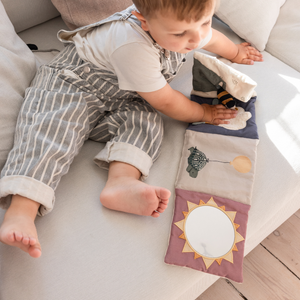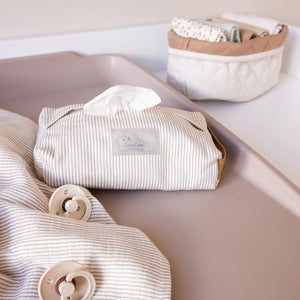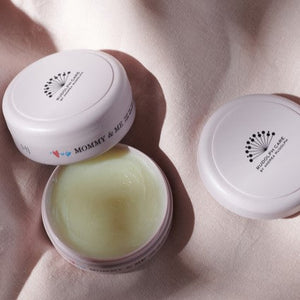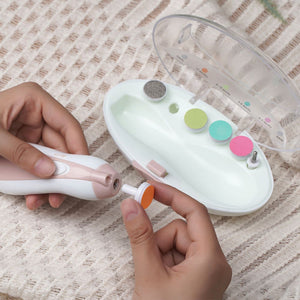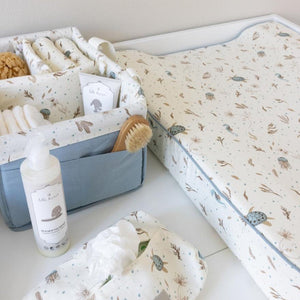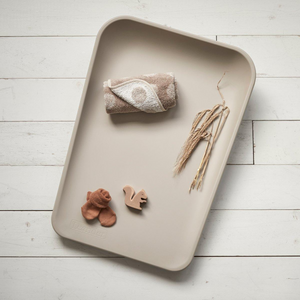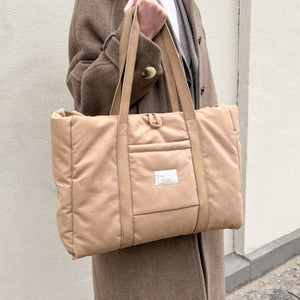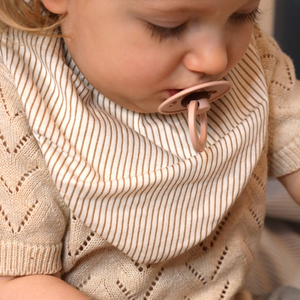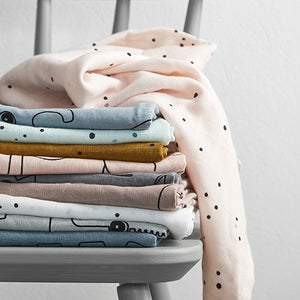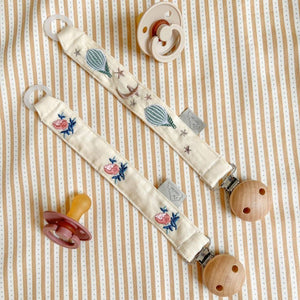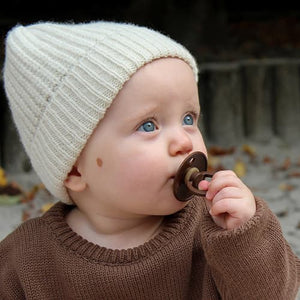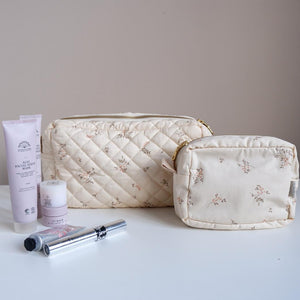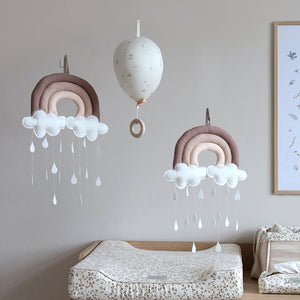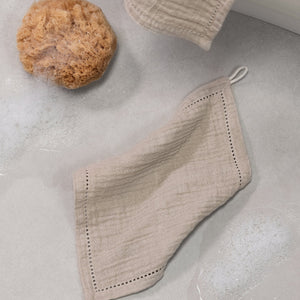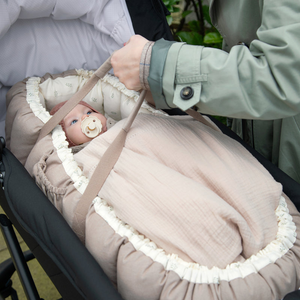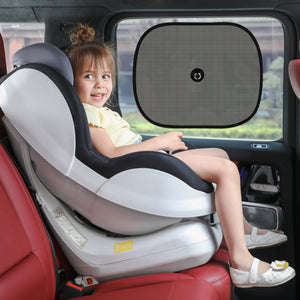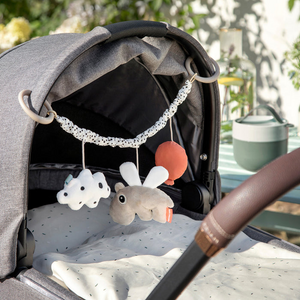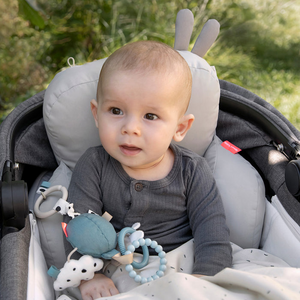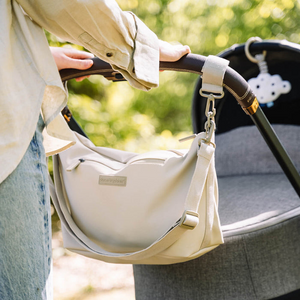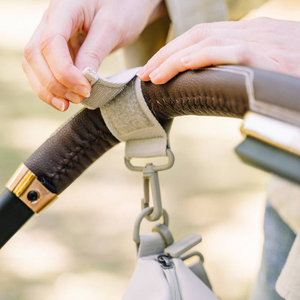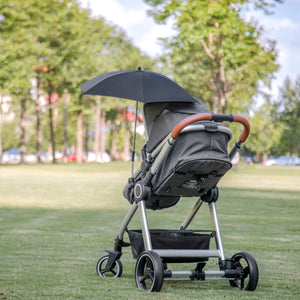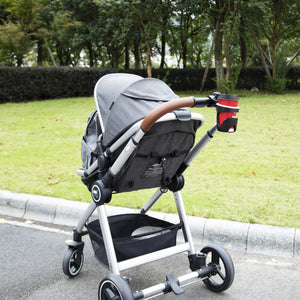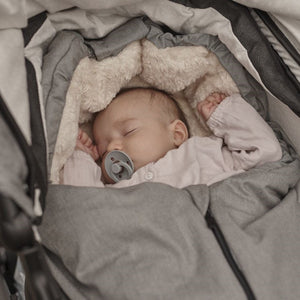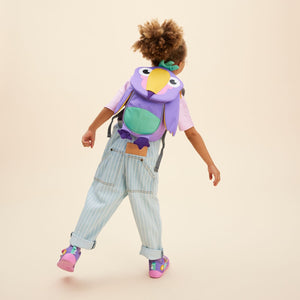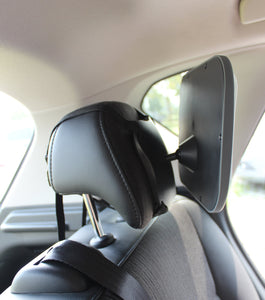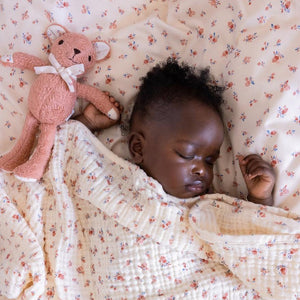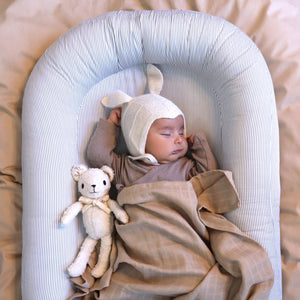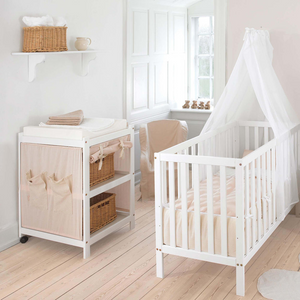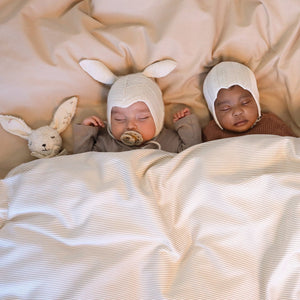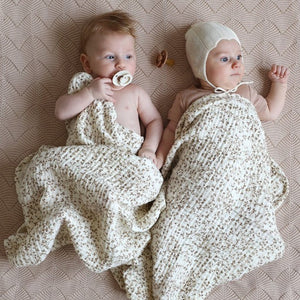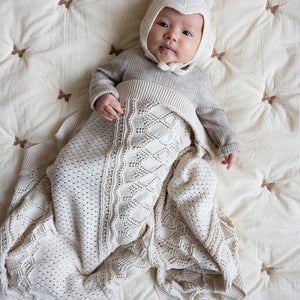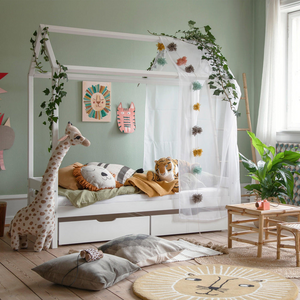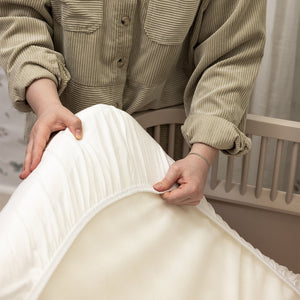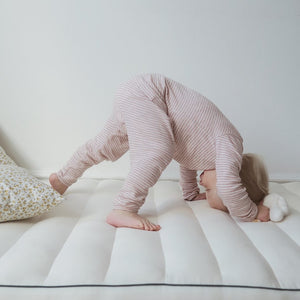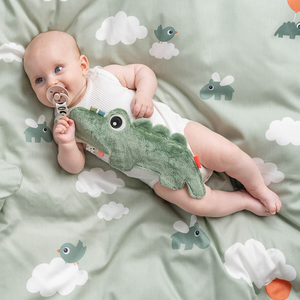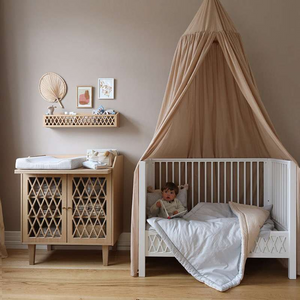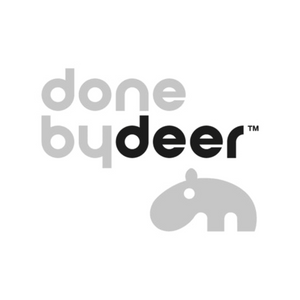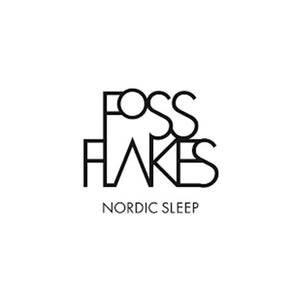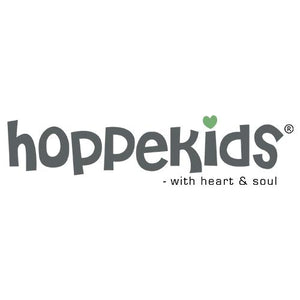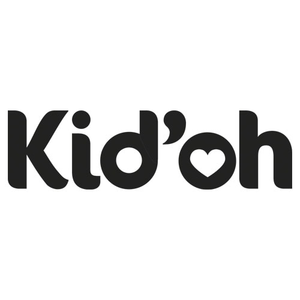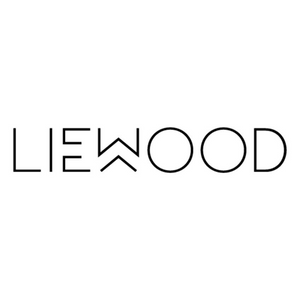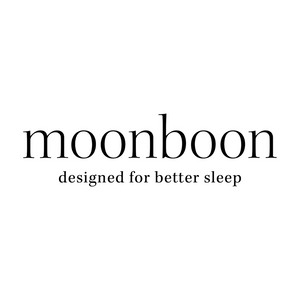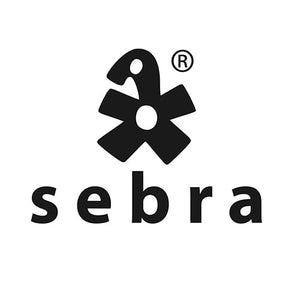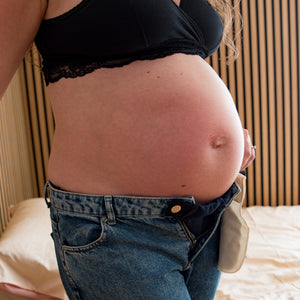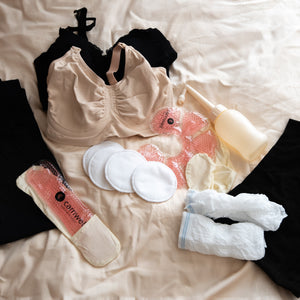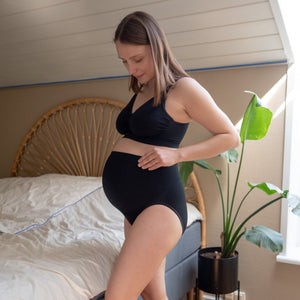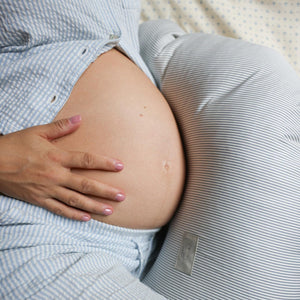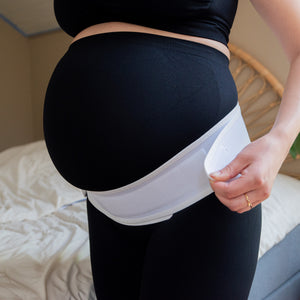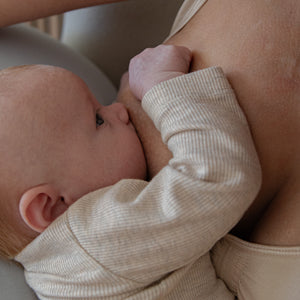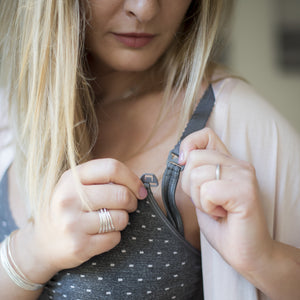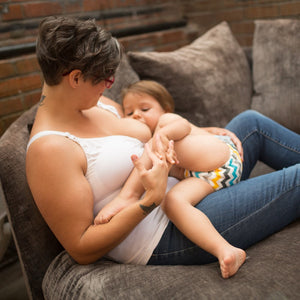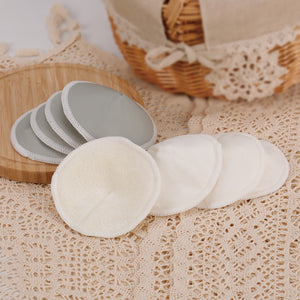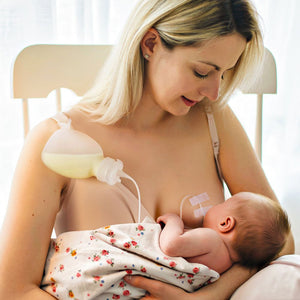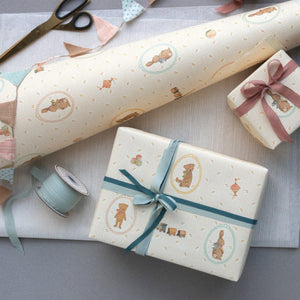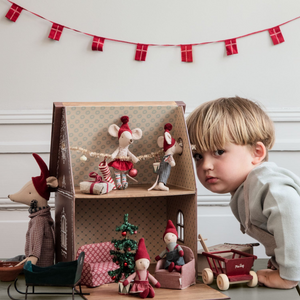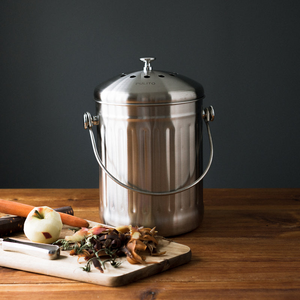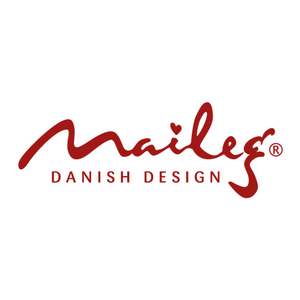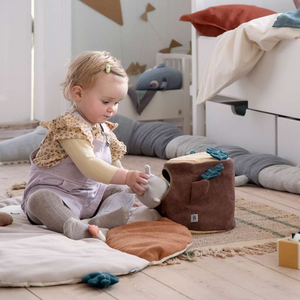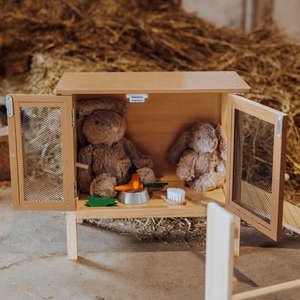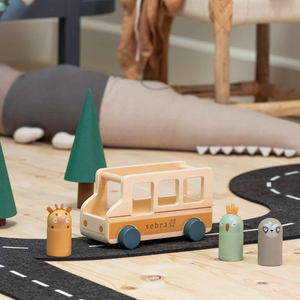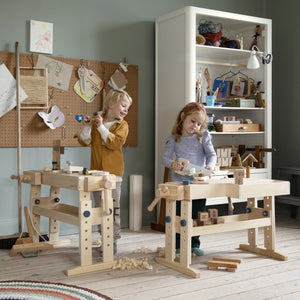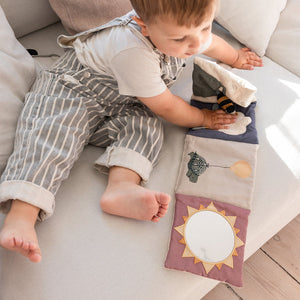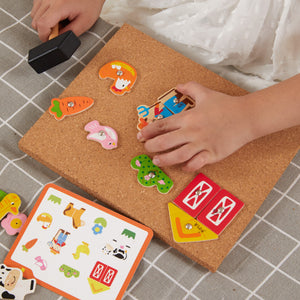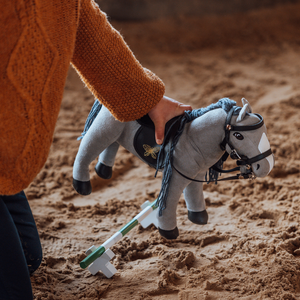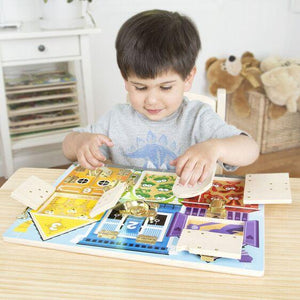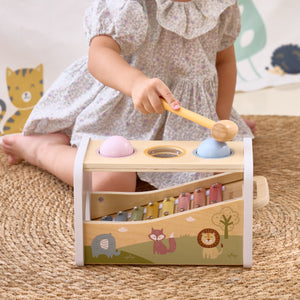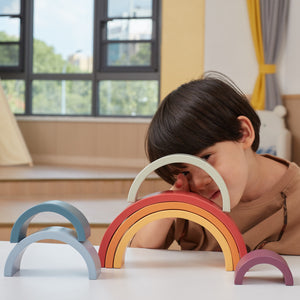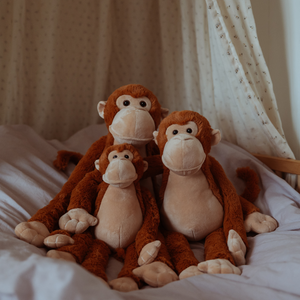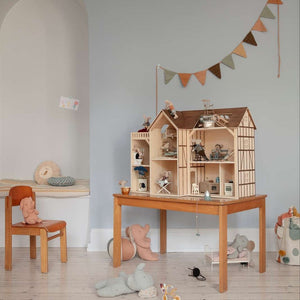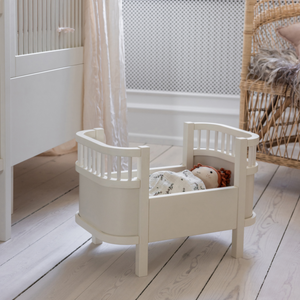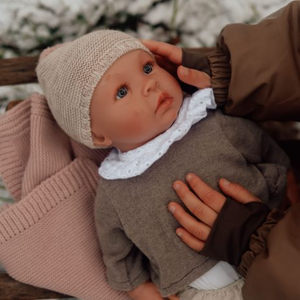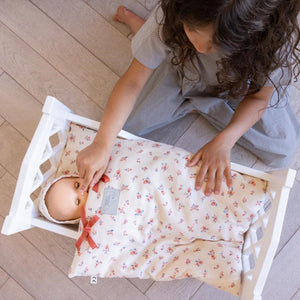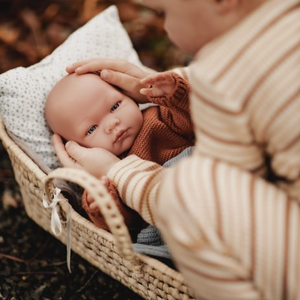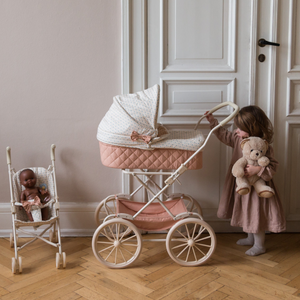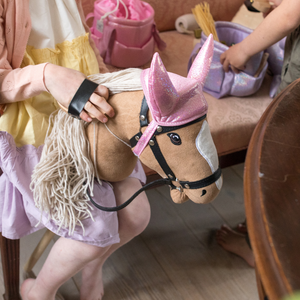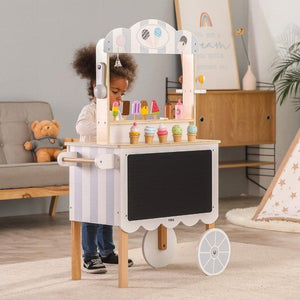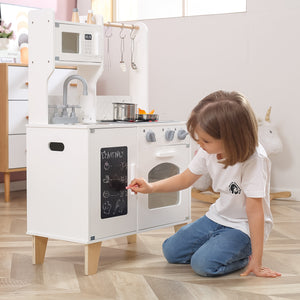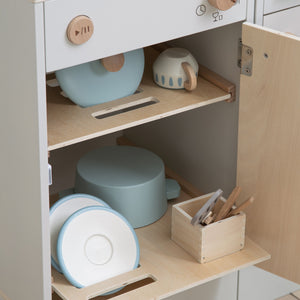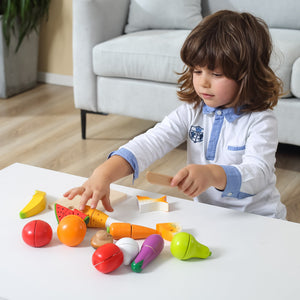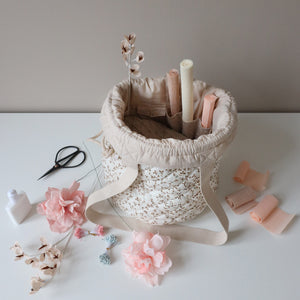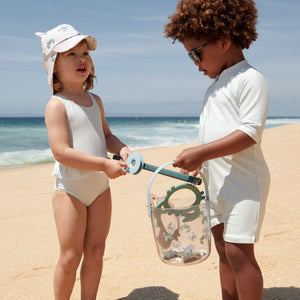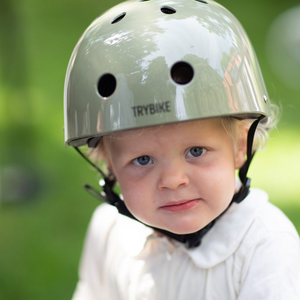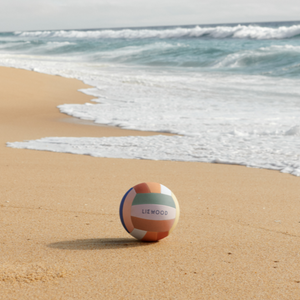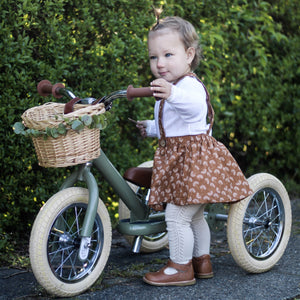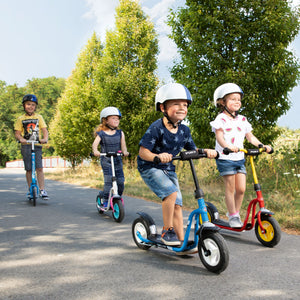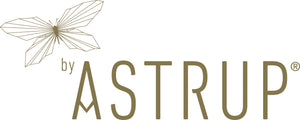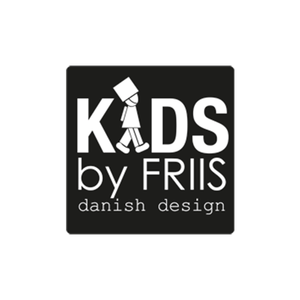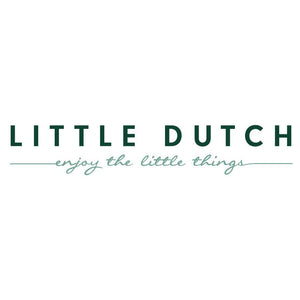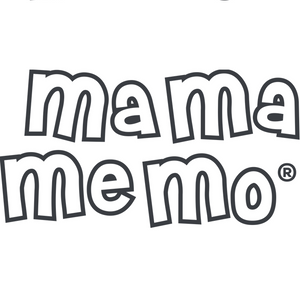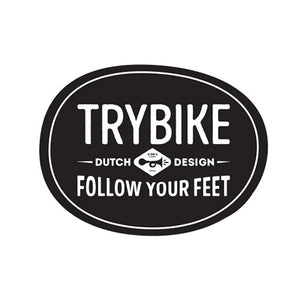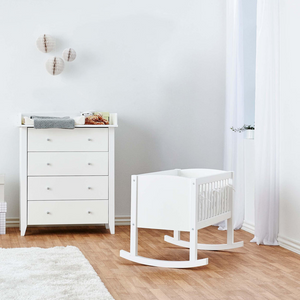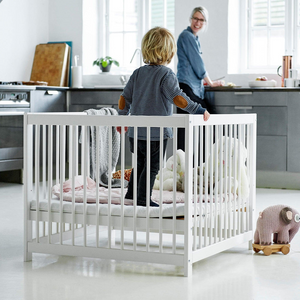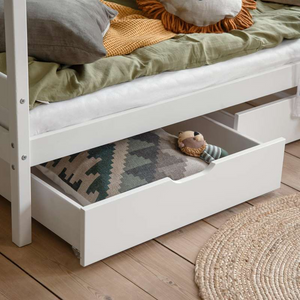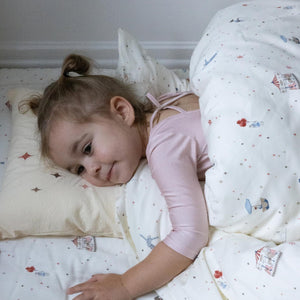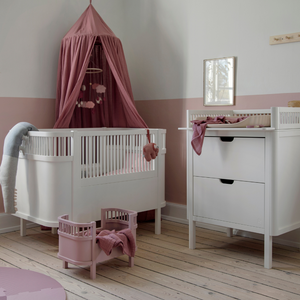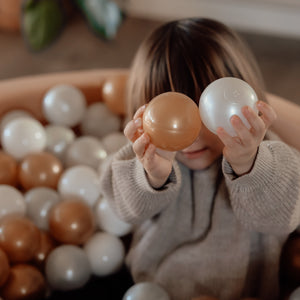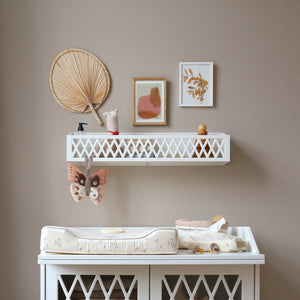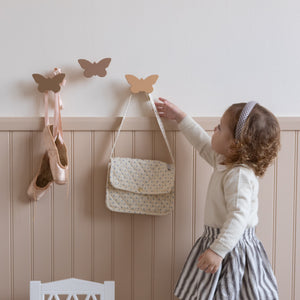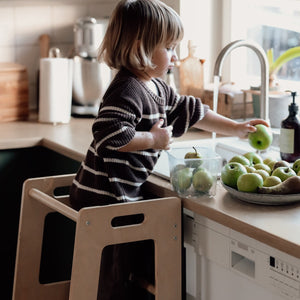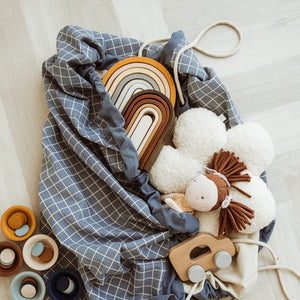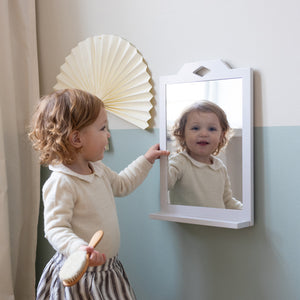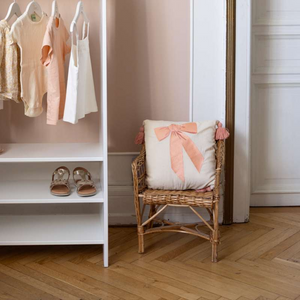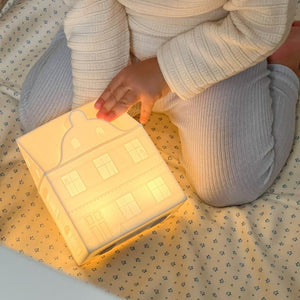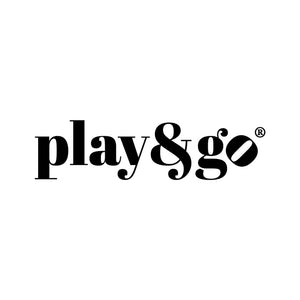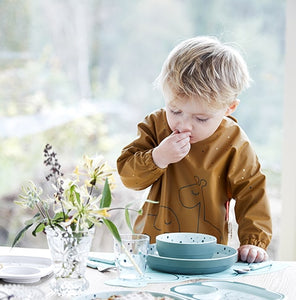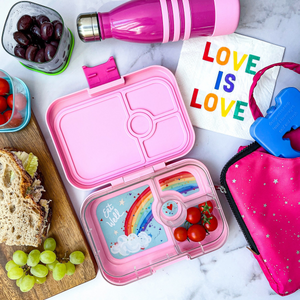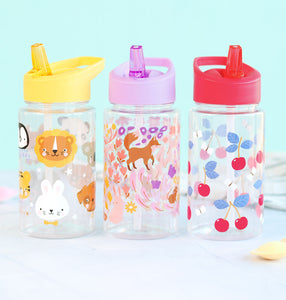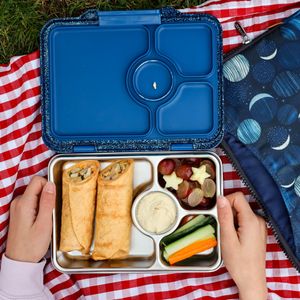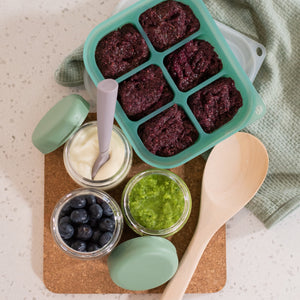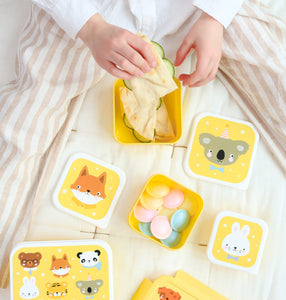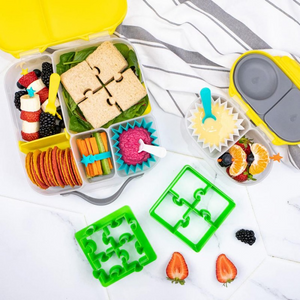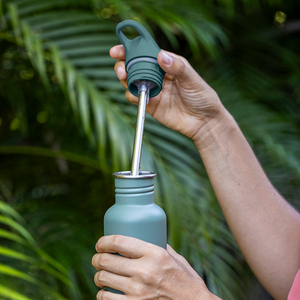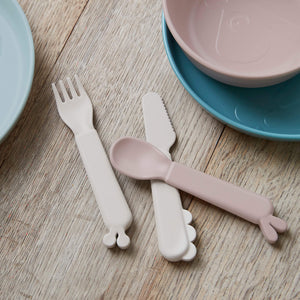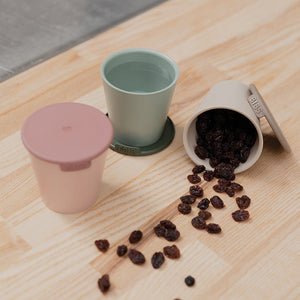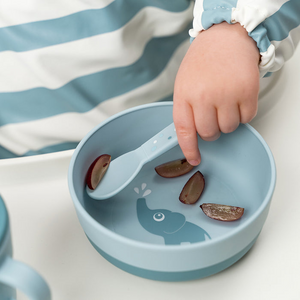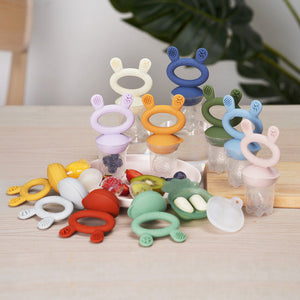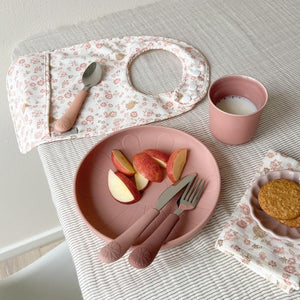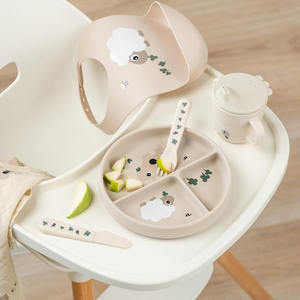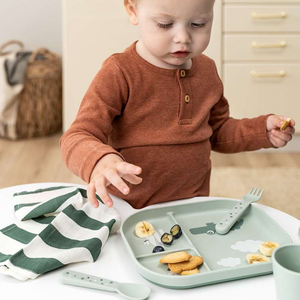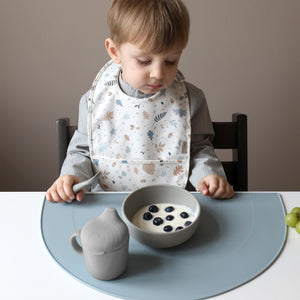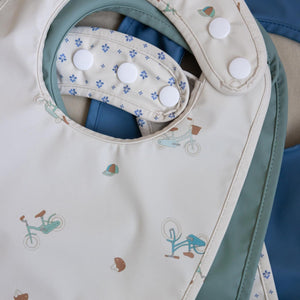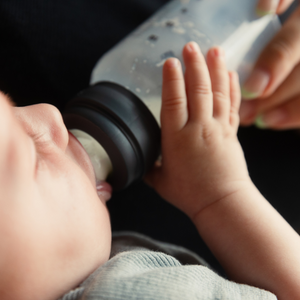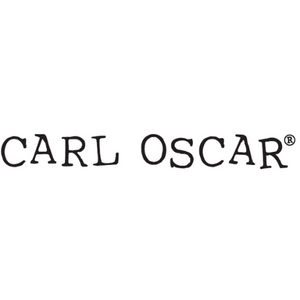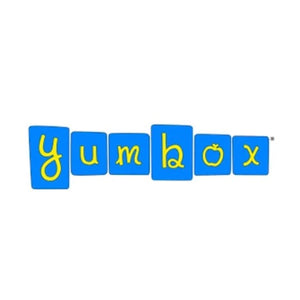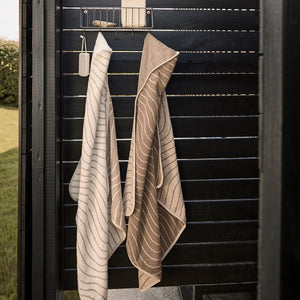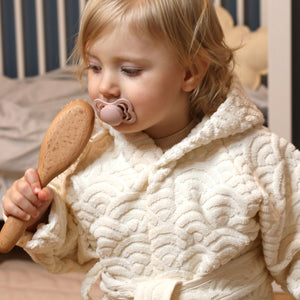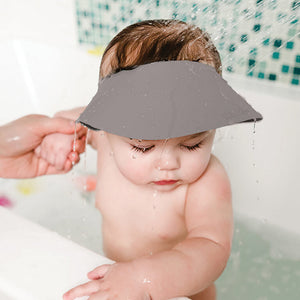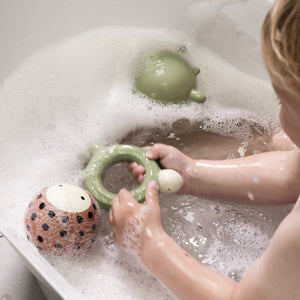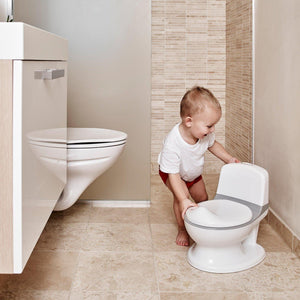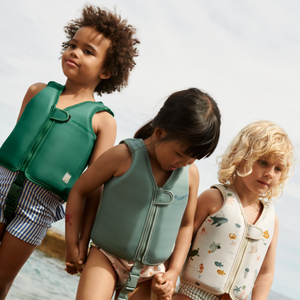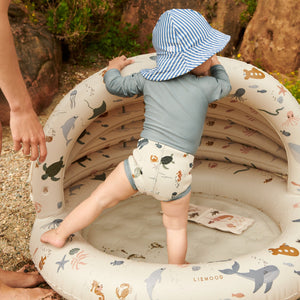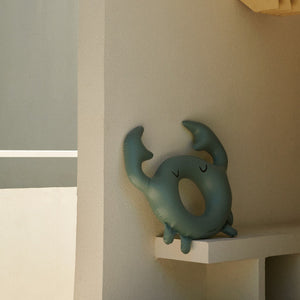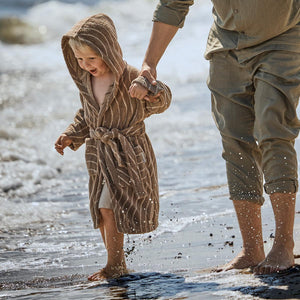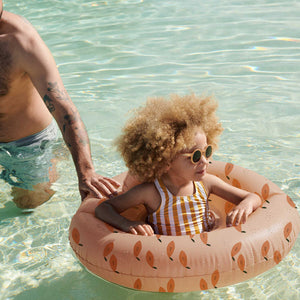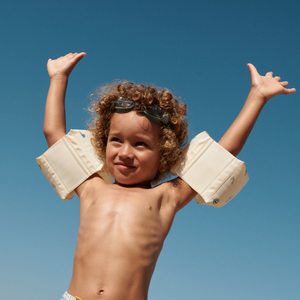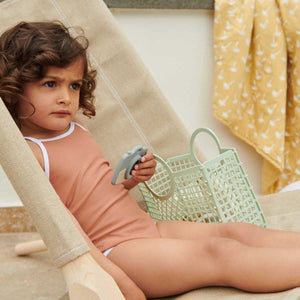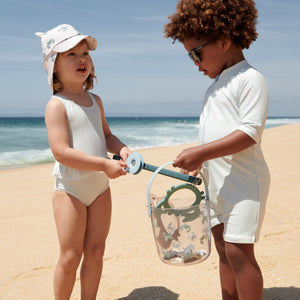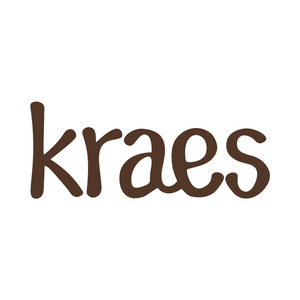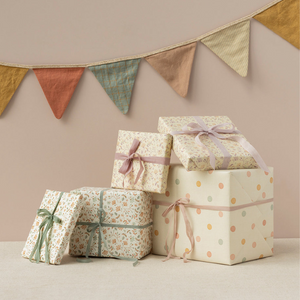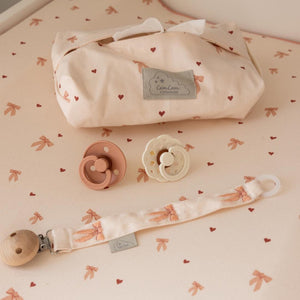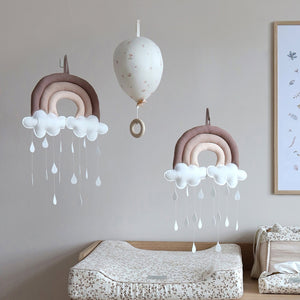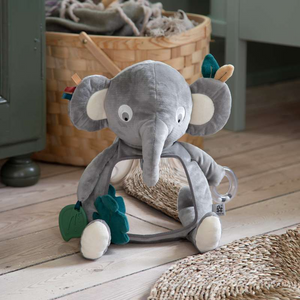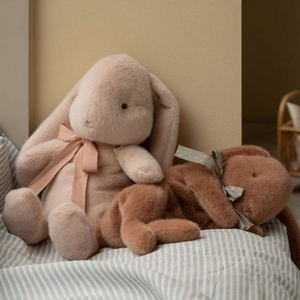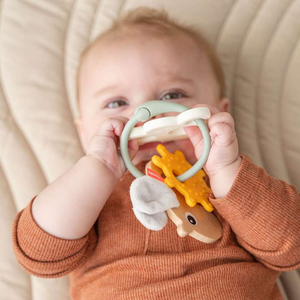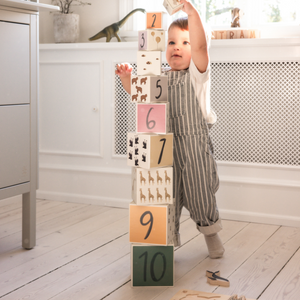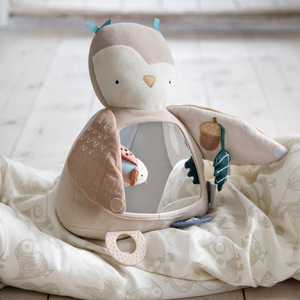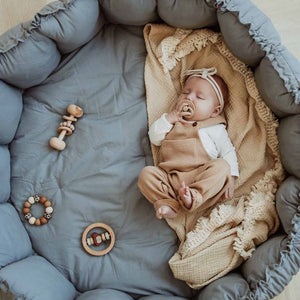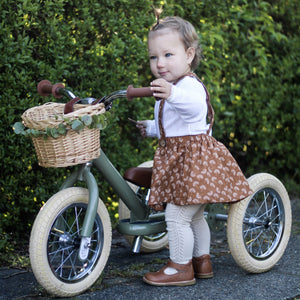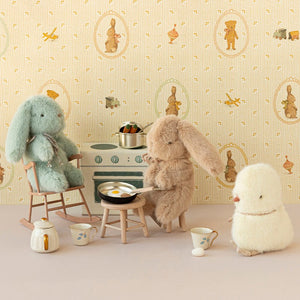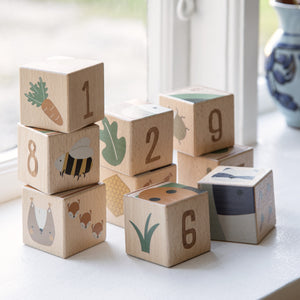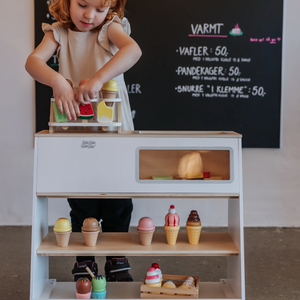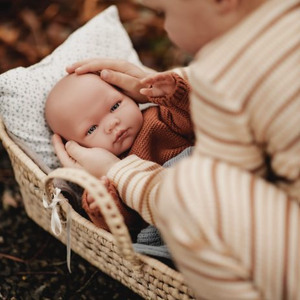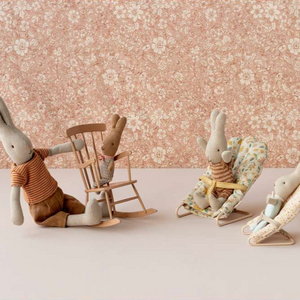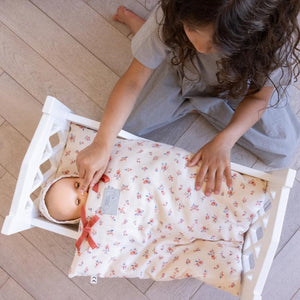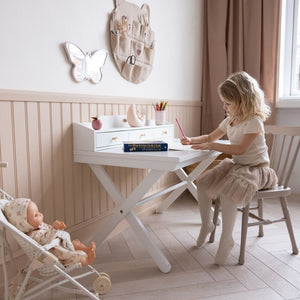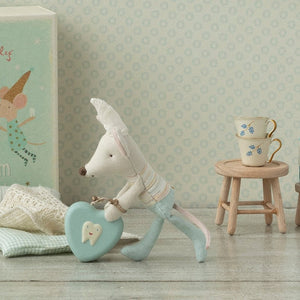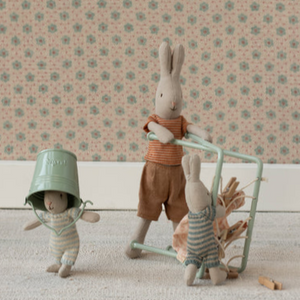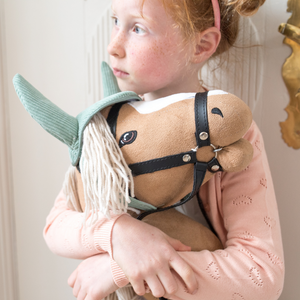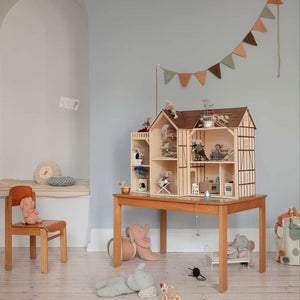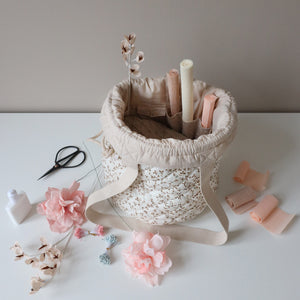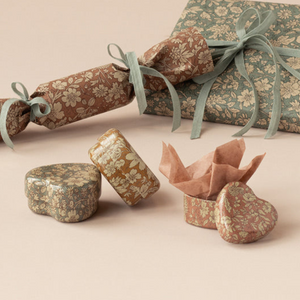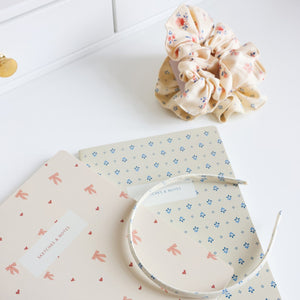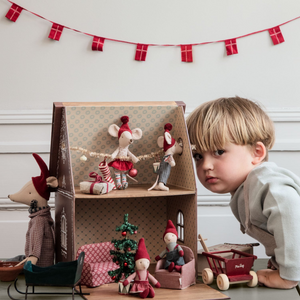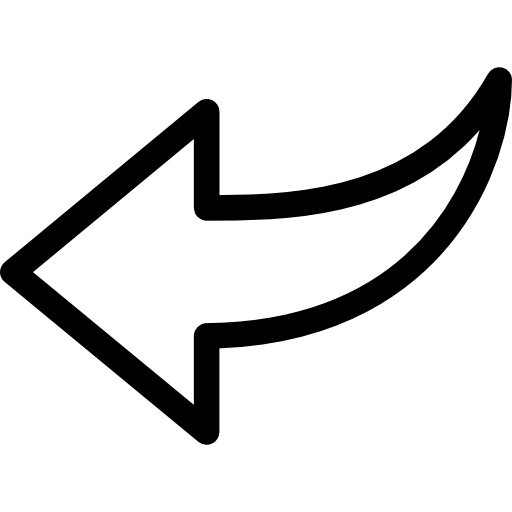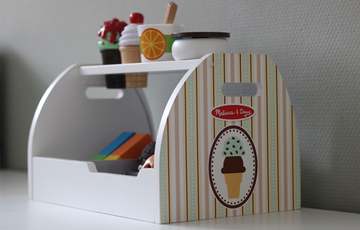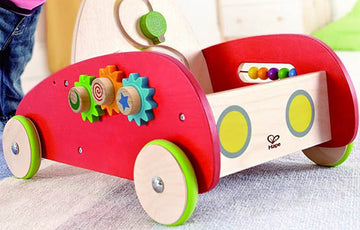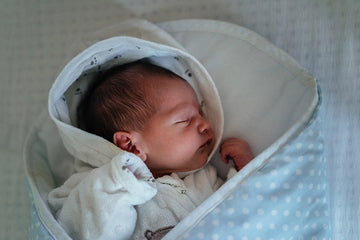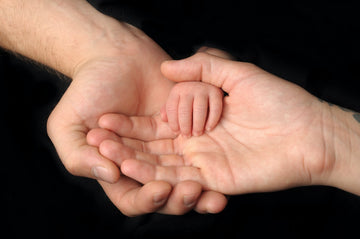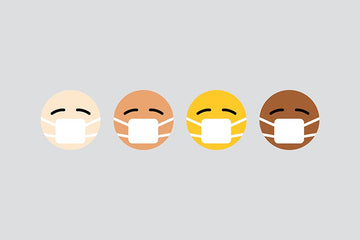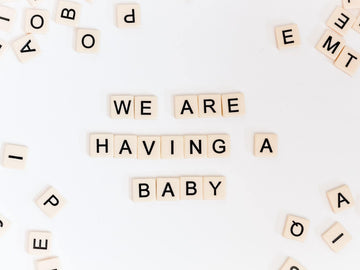
You hear it constantly: "Only buy safe toys for your child" and you probably have the same attitude towards safe toys as all other fathers and mothers. It is natural and deeply ingrained in us that we do not wish to expose our children to unnecessary danger, especially not through the toys they play with. But what is 'safe toy' really? What makes the toy safe? And how can I be sure that the toy I am buying now is also safe?
All these questions will be answered if you move down through this post, which has been prepared based on our many years in the industry.
Avoid buying from China
 As the heading says, you need to be very careful when buying toys in China. You might think that all toys are already made in China, so why can't you just buy the products directly from the manufacturers? The only difference is that the prices are significantly lower in China and the delivery time can be up to 40 days.
As the heading says, you need to be very careful when buying toys in China. You might think that all toys are already made in China, so why can't you just buy the products directly from the manufacturers? The only difference is that the prices are significantly lower in China and the delivery time can be up to 40 days.
But there are many other disadvantages and safety risks that you do not consider when you just buy that little cheap rattle from China. The limit values for the chemical content in toys are significantly different than here in the EU. Therefore, you might find that the products contain more chemicals than if you bought a similar rattle in Denmark.
It is true that the vast majority of the toys you buy here at home are made in China. As a retailer here in the EU, you are subject to strict requirements regarding the quality of the toys. They must often be approved under EN:71, which is the EU's safety standard for toys. Therefore, if you buy the toy within the EU, you can be sure that the limit values for chemicals and the EN:71 standard are both met.
If, contrary to expectations, there is something wrong with the toy, you can contact the store where you made the purchase, as the retailer of the toy within the EU has a product liability towards you as a customer. You can therefore claim compensation if the product, contrary to expectations, causes harm in one way or another. This security is something you do not have if you choose to shop in China or another non-EU country. You can read more about buying toys from China directly on the Consumer Council's Tænk website right here.
Buy age-appropriate toys
When you choose toys, it is super important to always choose something that is age-appropriate. It does not make sense to buy toys that an 8-year-old should play with for their 4-month-old daughter. This obviously makes good sense, but it is really important for us to advocate for this, as age-appropriate toys are just super important for both safety and the child's joy of the toy. Therefore, there are only advantages to choosing something that fits the child's age.
If the child is too small, it will often be difficult for the child to understand how to play with it, and it also poses a potential safety risk, as small children, for example, cannot distinguish between things they should put in their mouths and things they should not put in their mouths. If the child is too large, the interest in the toy will not be there, as the toy is not challenging enough.
Loose Parts
When it comes to the safety of using toys, it is always a good idea to look for loose parts. Is there anything that is not securely attached, or are there small parts that can easily fall off? If so, it should not be used for children under 3 years, as children at this age often tend to put small parts in their mouths and, in the worst case, risk choking on these small parts.
Teddies
If you buy a soft and cuddly teddy bear for your little newborn baby, you probably have only good intentions with this. However, there is a small catch, because what many do not think about (unless they are buying teddy bears for their dog) is that many teddy bears have glass eyes and snouts that are either glued or sewn on. The glass eyes and snout must be very securely attached; if they are not, there is a risk that they will fall off the teddy and that the child will eat/swallow them and potentially choke on them. If they are securely attached, there are no concerns to worry about.
If you want to be 100% safe, you can choose teddy bears with embroidered eyes, which are often also sold for dogs, as the same issue with small plastic/glass parts in the mouth can easily arise.
See the difference between the various eyes right here:

Be aware that teddy bears and plush toys with embroidered eyes are often a bit more expensive than teddy bears with glass eyes, but the safety is just a notch better, which can be an advantage if you are buying teddy bears for small children.
Batteries
Batteries can potentially be life-threatening for babies if not handled correctly. European law stipulates that batteries in toys must not be accessible to children. This is achieved, for example, by enclosing the batteries behind a plate, which is then screwed onto the toy with the help of a small screwdriver.
It is extremely important to keep button batteries and larger batteries away from children, as they may confuse them with candy. Batteries are definitely not meant to be ingested.
Strings and Balls
If you have bought a pull toy and perhaps wondered about the often very short string on these? Then it is with very good reason, as a long string poses a potential risk for small children. It is therefore important that the string is not so long that the child can wrap it around their neck and potentially choke. The safety authority has a rule of thumb that says that strings longer than 22 centimeters can pose a potential safety risk for children.
When approving toys for children under 3 years, there is something called the "5-centimeter rule," which basically means that anything that can fit through a hole of 5 cm in diameter is classified as small parts and can therefore pose a choking hazard, as the child can swallow parts that are under 5 cm. Therefore, small parts under 5 cm, such as small balls, glass marbles, building blocks, etc., should not be given to children under 3 years old.
The Packaging is Not a Toy
When a child receives new toys, they may find that the wrapping paper, cardboard box, and bag the item came in are super exciting toys. But what is important to remember is that packaging is not a toy and should not be perceived as such. It is therefore important to make the packaging inaccessible, especially for small children. Packaging can also contain small parts that fall under the "5-centimeter rule," which can pose a choking hazard.
CE Mark

The CE mark is a good scheme that ensures you as a consumer that the manufacturer of the toy has considered all the applicable rules for the toy and has developed the product based on this. The CE mark is a label that certifies the toy's quality and indicates that product safety has been taken into account.
Therefore, always choose products that are CE marked. When shopping at Mammashop.dk, you can be sure to purchase a CE marked product, as we do not sell products that do not comply with the CE mark and all applicable regulations in Denmark and the EU.
In addition to the CE mark, there are many other labeling schemes, such as the Swan label, GOTS, and many others. However, all toys must, as a starting point, comply with the EN:71 standard as previously mentioned. This standard is described by the EU, which encompasses the safety rules applicable when selling toys. At Mammashop.dk, we are very proud to only sell products where safety is taken seriously.
Questions?
If you have any questions or comments regarding the choice of safe toys, please do not hesitate to contact us. We are experts in safe toys and will gladly assist you. If you have a question that could potentially benefit others, please feel free to post it in the comment section below, and we will gladly answer your question so that both you and future visitors to this post can benefit from our knowledge.
If you have any points or examples that you would like to add to the article, you are more than welcome to share them in the comment field.
